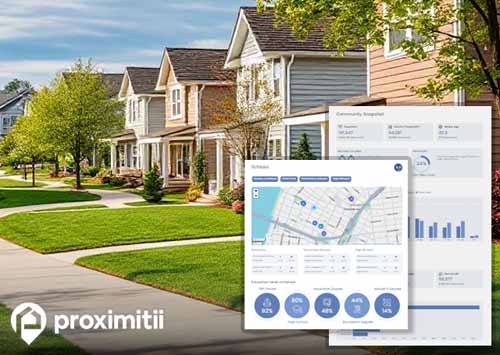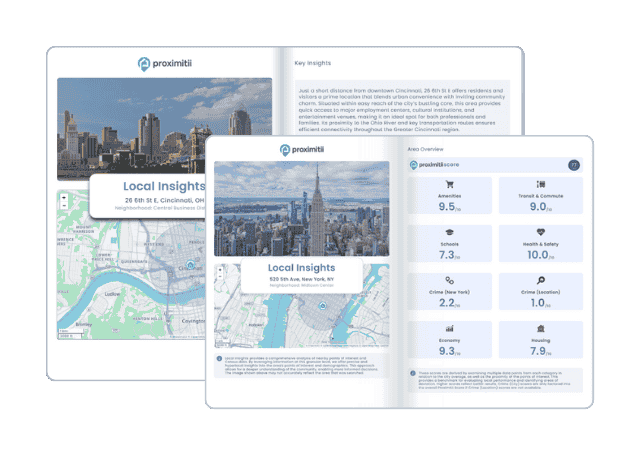| Statistic | Reportedincidents | /100k people | Highland Park/100k people | Texas/100k people | National/100k people |
| Total crime | 219 | n/a (estimate) | 2,516 | 2,430 | 2,119 |
| Murder | 0 | n/a | 0.0 | 5.2 | 5.0 |
| Rape | 0 | n/a | 0.0 | 50.0 | 37.5 |
| Robbery | 2 | n/a | 23.0 | 63.5 | 60.6 |
| Assault | 3 | n/a | 34.5 | 270.7 | 256.1 |
| Violent crime | 5 | n/a (estimate) | 57 | 389 | 359 |
| Burglary | 26 | n/a | 298.6 | 284.3 | 229.2 |
| Theft | 166 | n/a | 1,906.7 | 1,425.6 | 1,272.1 |
| Vehicle theft | 22 | n/a | 252.7 | 330.7 | 258.8 |
| Property crime | 214 | n/a (estimate) | 2,458 | 2,041 | 1,760 |


Crime can be categorized into two primary types: violent and property crimes. Violent crimes encompass offenses such as murder, rape, robbery, and assault, whereas property crimes involve acts like burglary, theft, and vehicle theft. The overall crime rate in Highland Park is 3.4% lower than the national average. Specifically, there were 7 violent crimes reported in Highland Park, equivalent to 80 per 100,000 residents, which is lower than the national average by 78.3%. Additionally, Highland Park recorded 189 property crimes, amounting to 2164 per 100,000 people, higher than the national average by 10.8%.
The Highland Park crime rate is about average when compared to all the other cities across the U.S. per 100,000 residents. When we compared the total crimes (violent and property) in Highland Park, we found that the reported crime rates were almost equal to the average of all other areas that reported crime.
With only 80 incidents per 100,000 people, Highland Park boasts an exceptionally low rate of violent crimes, positioning it as one of the safest cities in the United States. Given these low violent crime rates, Highland Park has become an appealing destination for individuals in search of a secure and welcoming place to establish their new home.
During the most recently reported crime year, Highland Park experienced a total of 0 reported murders. This statistic paints it as a beacon of security when it comes to severe violent crimes. Such an achievement not only instills a profound sense of security for its residents but also sets a high standard for other communities striving to create similarly secure environments. It underscores the area as a place where safety is a top priority, enhancing its appeal as a desirable location to live and thrive.
Highland Park has a property crime rate that closely mirrors the national average. There were a total of 2164 property crimes in Highland Park, while the national average was 1954 per 100,000 people. This results in the area being no safer or more dangerous than the average city.
AreaVibes surveyed 18 local residents in Highland Park to gauge the safety of the area. Based on the results, 78% of people answered that there was very little crime in Highland Park and that they felt very comfortable walking alone at night. Another 22% of people responded that there was far too much crime and they would be hesitant to walk the streets alone at night. Keep in mind that the opinions of residents may vary depending on which area they live in.
To get a feel for the safety of living in Highland Park, it's essential to analyze both the overall crime rate and the daily incident count. Highland Park presents a total crime rate that is 3% lower than the national average per 100,000 residents. Consequently, Highland Park experiences an average of 0.54 daily crimes, comprising 0.02 violent incidents and 0.52 property-related offenses. This evaluation offers a comprehensive understanding of the safety landscape, aiding individuals in making informed decisions when considering relocation.
In the most recent crime report, year-over-year crime rates in Highland Park has decreased by 9.3%. Examining the change in crime rates from one year to the next provides valuable insights into the evolving safety landscape of Highland Park, aiding residents in assessing whether it is becoming a safer or more dangerous place to live. These crime rates are categorized into two primary groups: violent and property crimes. Year-over-year, violent crime has decreased by 22.2%, while property crime has decreased by 8.7%. This comprehensive analysis offers potential residents essential information for making informed decisions about whether or not Highland Park is a safe place to live.
In Highland Park, the current unemployment rate stands at 2.2%, diverging from the national average of 4.7%. The availability of job opportunities is a pivotal factor influencing unemployment and underemployment rates. Communities where individuals contend with limited employment prospects or a preponderance of low-wage positions may witness elevated rates of joblessness and income inadequacy, which can contribute to heightened crime levels driven by financial insecurity. Conversely, areas characterized by robust employment rates often experience a reduction in overall Highland Park crime rates.
Regions characterized by high population density frequently encompass expansive urban hubs that offer diverse economic prospects. In such areas, income inequality can be exacerbated, creating pockets of poverty alongside affluence. Economic disparities within these regions may correlate with elevated property crimes and, in certain instances, violent crimes. Conversely, areas with low population density numbers generally exhibit reduced Highland Park crime rates. Highland Park registers a population density of 4076.1 people per square mile, in contrast to the national average of 90.6 people per square mile.
Law enforcement and community policing efforts can play a pivotal role in shaping crime rates. Establishing a robust and cooperative partnership between the police and the community can act as a deterrent to criminal behavior and enhance overall safety. In Highland Park, the ratio of police officers and civilians per 1,000 residents differs from the national average, with 7.67 officers and civilians per 1,000 residents compared to 3.25 nationally. Effective law enforcement often hinges on community policing strategies that prioritize the cultivation of trust and collaboration between law enforcement and the community. It's not solely about the quantity of officers but also the quality of their engagement with the community.

Why stop at city-to-city? With Local Insights, you can compare neighborhoods, zip codes, or even exact addresses. Access 300+ hyperlocal data points—from schools and crime to housing and amenities—to see which area is the better fit.

| Item | Highland Park | Texas | National |
| Law enforcement employees (officers & civilians) | 68 | 46,020 | 558,732 |
| Police officers & civilians /1000 residents | 7.7 | 3.0 | 3.3 |
| State | Total offenders | Texas /100K | National /100K |
| Texas | 95,281 | 443 | 266 |
| City | Population | Violent crime/100k people | Property crime/100k people | Total crime/100k people |
| Murphy, TX | 20,711 | 43 | 474 | 518 |
| Sachse, TX | 25,888 | 72 | 738 | 810 |
| Coppell, TX | 41,494 | 103 | 826 | 929 |
| Hebron, TX | 304 | 157 | 824 | 981 |
| Sunnyvale, TX | 6,664 | 113 | 1,164 | 1,277 |
| Carrollton, TX | 137,319 | 137 | 1,316 | 1,453 |
| Rowlett, TX | 65,426 | 152 | 1,305 | 1,457 |
| Highland Park, TX | 9,143 | 57 | 2,458 | 2,516 |
| City | Population | Violent crime/100k people | Property crime/100k people | Total crime/100k people |
| Grosse Pointe Farms, MI | 9,142 | 41 | 1,068 | 1,110 |
| Lugoff, SC | 9,146 | 345 | 1,554 | 1,900 |
| Jeannette, PA | 9,146 | 551 | 609 | 1,160 |
| Gresham Park, GA | 9,148 | 216 | 1,111 | 1,327 |
| Lake Mohawk, NJ | 9,148 | 148 | 969 | 1,117 |
| Highland Park, TX | 9,143 | 57 | 2,458 | 2,516 |